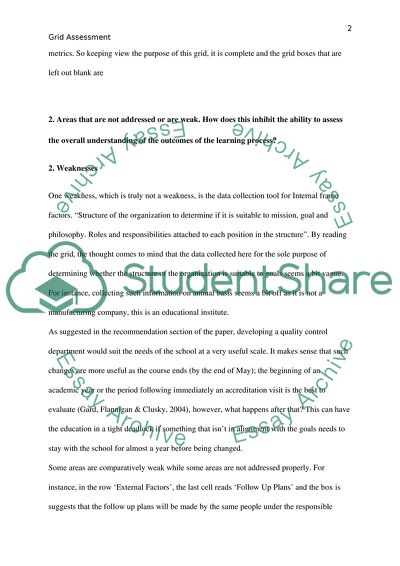Cite this document
(Master Plan of Evaluation of a Nursing Program Essay, n.d.)
Master Plan of Evaluation of a Nursing Program Essay. https://studentshare.org/nursing/1798830-master-plan-of-nursing-program-evaluation
Master Plan of Evaluation of a Nursing Program Essay. https://studentshare.org/nursing/1798830-master-plan-of-nursing-program-evaluation
(Master Plan of Evaluation of a Nursing Program Essay)
Master Plan of Evaluation of a Nursing Program Essay. https://studentshare.org/nursing/1798830-master-plan-of-nursing-program-evaluation.
Master Plan of Evaluation of a Nursing Program Essay. https://studentshare.org/nursing/1798830-master-plan-of-nursing-program-evaluation.
“Master Plan of Evaluation of a Nursing Program Essay”. https://studentshare.org/nursing/1798830-master-plan-of-nursing-program-evaluation.


